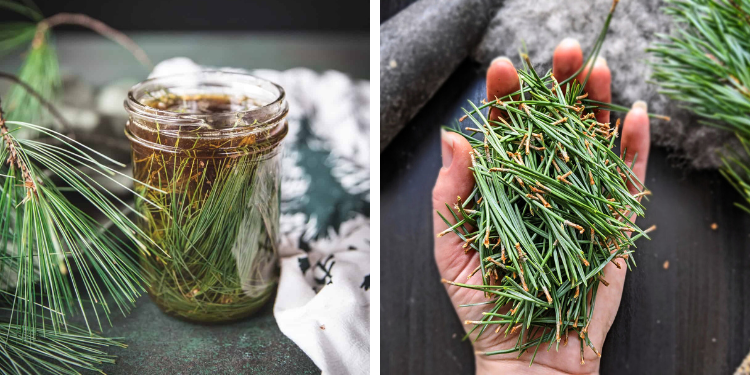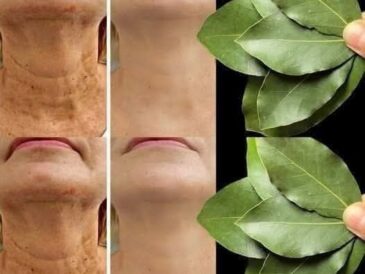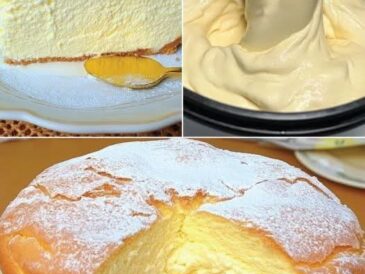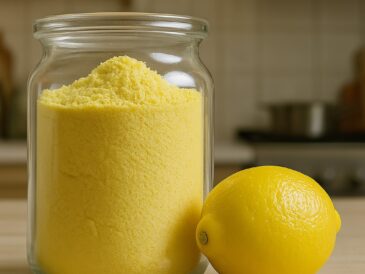For centuries, pine needles have been more than just a symbol of winter forests – they’ve been a powerful natural medicine used to boost immunity, purify the airways, and support overall health.
Why Pine Needle Oil Is So Special
Pine needles contain a unique blend of natural compounds – including vitamin C, shikimic acid, terpenes, and antioxidants – that make them a potent remedy for the lungs, skin, and immune system.
Ancient healers and modern herbalists alike value pine for its ability to:
- Open airways and clear mucus
- Fight colds, flu, and respiratory infections
- Soothe inflammation
- Boost circulation and energy
- Disinfect and purify indoor air
Native American and Asian cultures used pine needles as a natural tonic and inhalant for centuries.
During winter months, they brewed pine tea to strengthen immunity and prevent scurvy – a testament to its high vitamin C content.
When infused in oil, these same healing compounds are extracted and preserved, creating a versatile remedy that can be used topically, aromatically, or as a base for balms and salves.
Pine Needle Oil vs. Pine Essential Oil
Before we begin, it’s important to understand the difference:
| Type | How It’s Made | Strength | Uses |
|---|---|---|---|
| Pine Essential Oil | Steam-distilled from pine needles and bark | Very concentrated | Used in diffusers, aromatherapy, cleaning |
| Pine Needle Infused Oil | Pine needles soaked in a carrier oil for weeks | Gentle, safe for skin | Used for massages, chest rubs, and topical relief |
The infused version (which we’ll make here) is milder, safer for direct use, and easy to create at home with minimal equipment.
Choosing the Right Pine Needles
Not all pine trees are created equal. Some species contain higher concentrations of beneficial compounds, while others can be mildly toxic.
Safe pine species for oil:
- Eastern White Pine (Pinus strobus)
- Scots Pine (Pinus sylvestris)
- Ponderosa Pine (Pinus ponderosa) – use with caution (some sensitivity possible)
- Loblolly Pine (Pinus taeda)
- Longleaf Pine (Pinus palustris)
Avoid using Norfolk Island Pine (Araucaria heterophylla) or Yew (Taxus spp.), as these are toxic and not true pines.
If possible, harvest needles from a healthy, unsprayed tree – ideally from clean woodland areas far from roads or pollution.
How to Make Pine Needle Oil at Home
There are two main methods to create pine needle oil: the slow (cold) infusion method and the warm (quick) infusion method. Both work well, depending on how soon you want your oil ready.
Method 1: Slow Infusion (Traditional Way)
This method preserves the delicate compounds naturally, producing a light, aromatic oil.
You’ll need:
- 1 cup fresh or dried pine needles (chopped)
- 1 cup carrier oil (olive, jojoba, or sweet almond)
- Clean glass jar with a lid
- Cheesecloth or strainer
- Dark glass bottle for storage
Instructions:
- Wash and dry your pine needles thoroughly to remove dirt or insects.
- Cut or crush them slightly to help release the oils.
- Place the needles in a clean, dry jar and pour the carrier oil over them until completely submerged.
- Seal the jar tightly and place it in a sunny windowsill or warm spot for 2–4 weeks.
- Shake the jar gently every few days to help infusion.
- After 3–4 weeks, strain the oil through a cheesecloth into a bowl.
- Transfer it into a dark glass bottle, label, and store in a cool, dry place.
Shelf life: about 6–12 months.
Method 2: Warm Infusion (Quick Method)
TO CONTUNUE READING THE ARTICL PLEASE SEE PAGE 2 .




